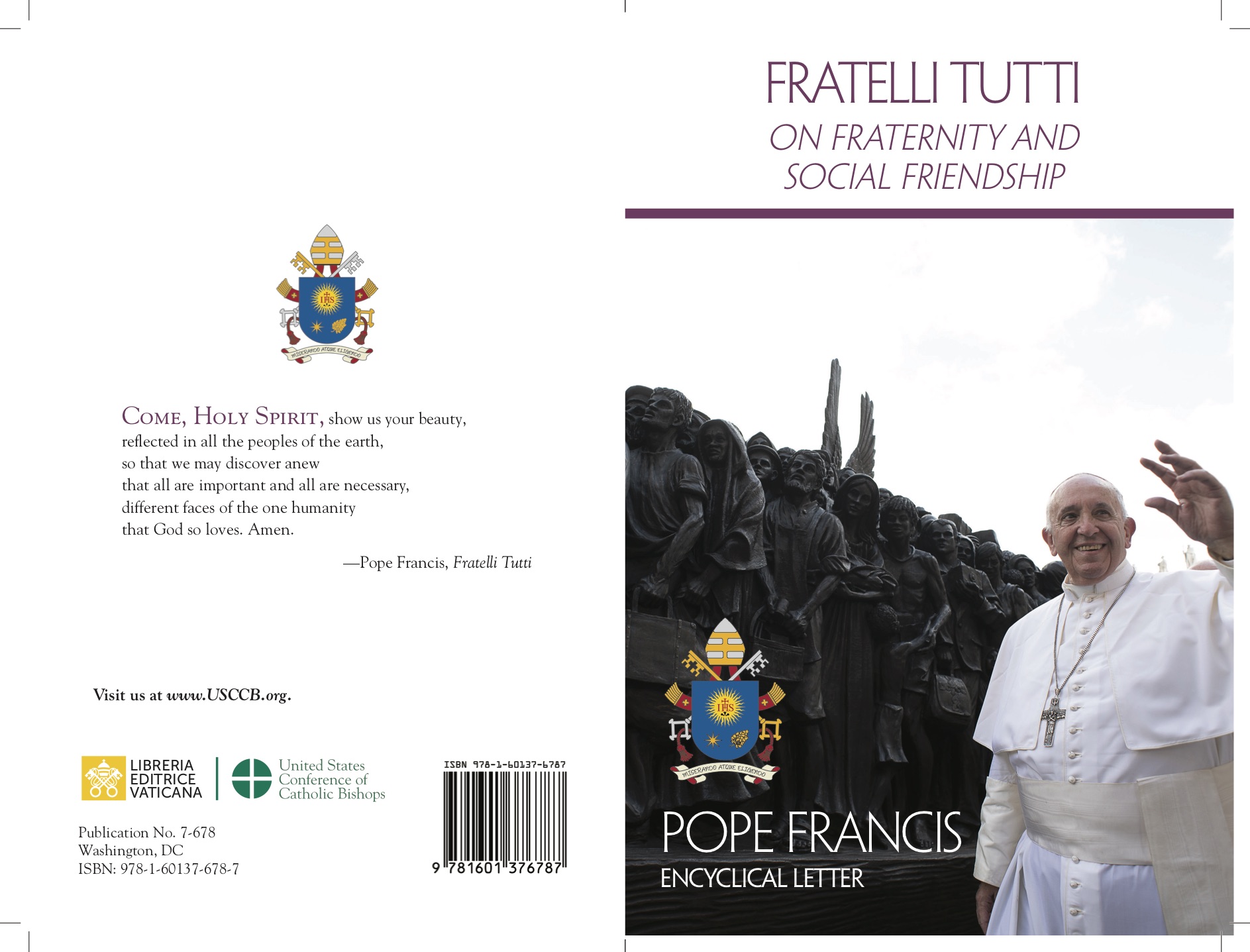Who forms the future priests?
At the beginning of this year, the Italian Bishops’ Conference issued new Guidelines and regulations for Seminaries, which foresee the involvement of female figures in the formation of future priests. The bishop will have the opportunity to appoint women, in addition to the presbyters responsible for formation, if they possess “specific competencies”, considering the “significant contribution that the feminine charisma and sensitivity can offer in the formation of seminarians”.
In practical terms, women “who have knowledge” of the candidate could be involved, particularly in providing input for the final assessment made by the Rector regarding the seminarian. This likely refers to figures such as mothers, laywomen, and consecrated women who are familiar with the seminarian’s home community and pastoral activities.
Even more significant is the acknowledgment that, during the preparatory phase -the initial period of formation- it is considered appropriate for the presbyter responsible, with the bishop’s approval, to be “accompanied by a group of male and female formators”. This emphasizes the ecclesial nature of the discernment process.
While we wait to see how Italian bishops will implement these cautious (yet already bold) openings, it may also be worth considering two groups of women who have long played an understated role in the formation of future priests.
First, there are the women who still make up the majority of seminary staff, each in her own role—whether in cleaning, wardrobe management, secretarial work, administration, or reception duties. Second, there are the “elderly” women of the parish, who are the dedicated attendees of early morning liturgies. Their routine presence may seem unremarkable, but in reality, they often notice details that escape many others.
These figures, each from their own perspective, notice details that often escape the direct awareness of formal mentors: how seminarians treat subordinates, whether they ignore or include outsiders in-group settings, how they make requests and express dissatisfaction, how they protect their self-image or allow whispered comments about absent individuals to pass unchecked. They also observe the ease -or lack thereof- with which seminarians bring God into everyday conversations.
While we await the increasing involvement of women in both hierarchical and equal relationships in seminarian formation—whether as professors, spiritual directors, vocational guides, psychologists, and more—it might already be highly beneficial to listen more closely to these women (both staff and elderly parishioners). From their often-overlooked positions, they notice from behind and below what is frequently missed in formal, structured interactions.
by PIERLUIGI BANNA
Presbyter of the Diocese of Milan, Patrologist













 Purchase the Encyclical here Fratelli Tutti
Purchase the Encyclical here Fratelli Tutti
